In this series of articles I am going to show you some of the exhibits contained in the Museum of Urology, hosted on the BAUS website (www.baus.org.uk).
There are certain instruments we use in urology which carry unusual names; you may or may not wonder what these mean, you may just accept them, but, as always, their meanings come from history. The instruments I’m referring to here are bougies, whips and sounds.

Figure 1: Gum elastic bougie, 19th or 20th century, maker unknown.
A bougie is a long narrow dilator, usually graduated (Figure 1). It’s an old word, interchangeable now with dilator, but in the past having more than one use in urology. The word bougie comes from the name of an Algerian seaport, Bujiyah. Historically, Bujiyah was the best place to buy the finest wax candles and traditionally, bougies were made of wax. In fact, the word bougie can just mean candle, from the French. John Reade (fl. 1588), writing in 1588, described a “wax candle” of threads soaked in wax and turpentine “of such bigness that the urine conduit will easily receive”, to treat urethral strictures and in 1652, Edward Molins (1610-1663), the famous lithotomist, was struggling to negotiate a stricture in “an old fornicator” using “probes and candles”.
Bougies were used for diagnosis, dilatation (called bouginage) and applying medication. The soft and malleable nature of the wax bougies allowed them to squeeze through narrow strictures but also, on withdrawal, retain the impressed shape of the neck of the stricture. This impression was used to plan subsequent surgery.
Bougies could also be made of catgut, leather, whalebone or silver. Mr Smyth an Apothecary from Covent Garden invented a flexible metallic bougie that was very popular around 1800. Surgeons often made their own bougies. Benjamin Bell’s (1749-1806) recipe called for beeswax, olive oil and lead oxide. This melted substance is poured onto a linen wrap, which is cut into strips and rolled into bougies of varying sizes. A variety of medications could be incorporated into these.
Medicated bougies, smeared with verdigris, alum, quicklime or vitriol, amongst other caustic remedies, were passed in an attempt to chemically treat strictures by burning through them.
Another type of dilator is called a whip. These have very thin filiform distal ends, to negotiate the narrowest of passages becoming wider to dilate. The term is said to have been coined in the late 19th century. Reginald Harrison (1837-1908) was a Liverpool surgeon who had a particular interest in urological diseases. Working in the port of Liverpool, the sailors provided him with plenty of gonococcal strictures to manage. He popularised the filiform dilator. Harrison certainly did not invent (nor did he claim to have) this form of dilator but they became widely know (particularly at St Peter’s in London where he later worked) as Harrison’s whips. Harrison wrote that the term ‘whip’ was coined by Edward Lund (1823-1898) his friend and a surgeon of Manchester, when he demonstrated them to him. The relatively solid body and narrow flexible tail is reminiscent of a coachman’s horsewhip.
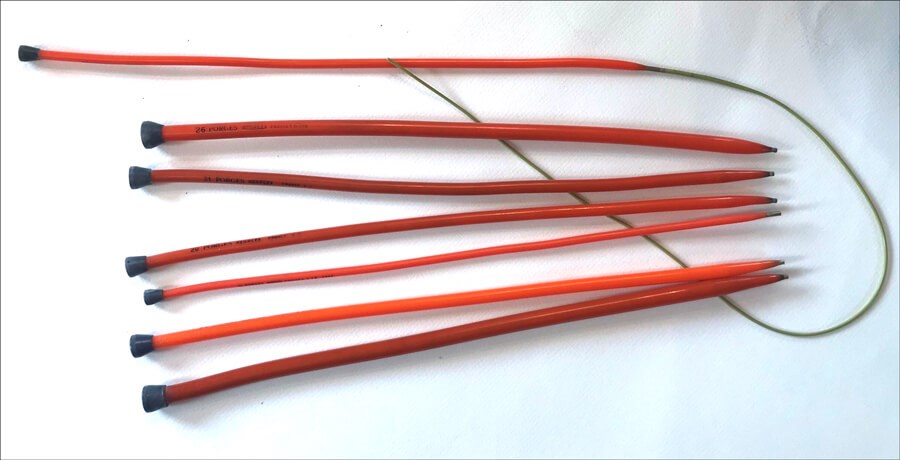
Figure 2: Phillip’s Whip connected to its filiform guide. 30Ch, made by Porges, France (20th century).
The other well-known type are Phillip’s whips (Figure 2). Charles Joseph Phillips (1811-1870) was born in Liège and worked in Paris. Until 1815, Liège was attached to the first French Republic (1795-1815) when it became part of the Kingdom of the Netherlands (1815-1830), before finally becoming part of Belgium. Thus, the very English sounding Charles Phillips was successively French, Dutch, and Belgian. Unlike Harrison’s whips, Phillip’s had a detachable filiform leader. This could be attached with a tiny screw thread to increasing sizes of dilator, thus the original guide never had to be removed so the passage would not be lost. When a narrow stricture passage could not be found or if there were several blind ending false passages, multiple whips could be passed until one finally found its way through. The dilators could then be screwed onto that one.
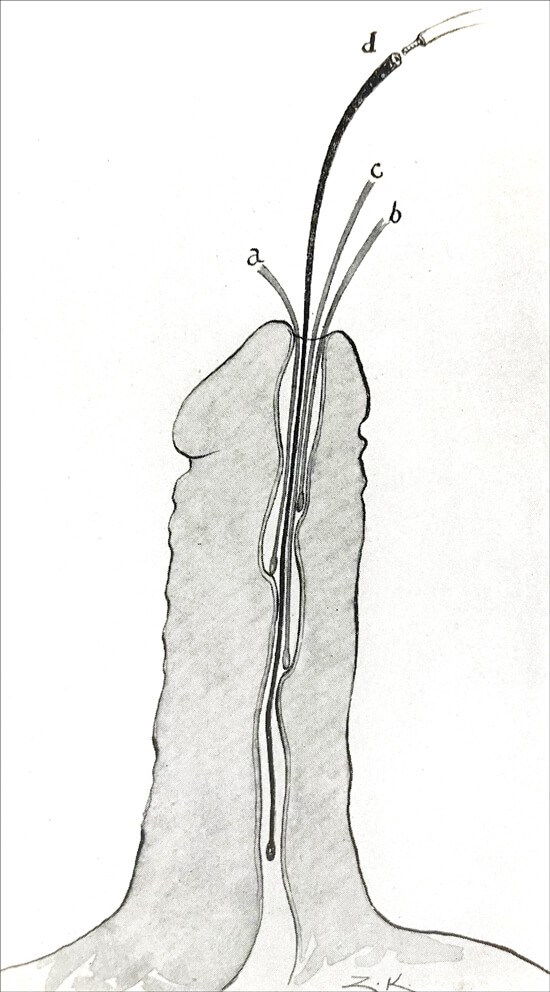
Figure 3: The faggot technique, from Diseases of the Male Urethra, Koll, 1919.
This was called the ‘faggot’ technique – from the appearance of the multiple whips being similar to a faggot or bundle of sticks (Figure 3). Typically orange, Phillips’ whips are still used today although more commonly hollow dilators are now passed over a guidewire in more of a Seldinger style.
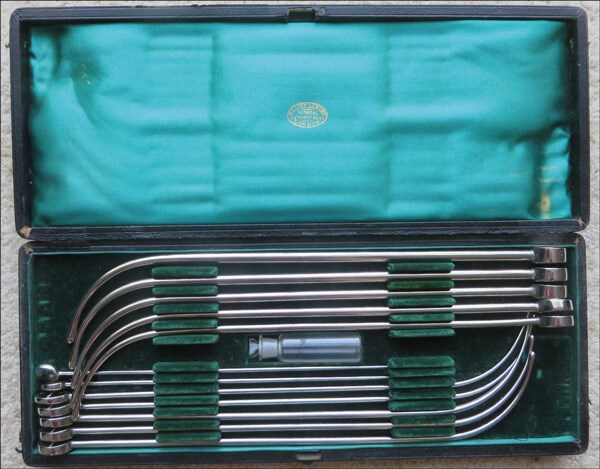
Figure 4: Set of Lister’s sounds with olive tip ends, cased with a bottle for lubricant,
by Walter Lawley, London, active 1870-1920.
Finally, we come onto the sound (Figure 4). I suspect we are more used to using that word: “Clutton’s Sounds please Sister”. However, what we call sounds are really dilators, granulated solid metal rods to gently and progressively stretch open urethral strictures. Historically, a bladder sound looked very similar but had a very specific use, to diagnose bladder stones. The sound was passed down the urethra, into the bladder to feel for and then hear the metallic note of it striking the hard stone. The word sound can also mean to measure, as in sounding a depth. However, on looking into this further, that is derived from the old word sund, meaning water or sea (think of Plymouth Sound) and thus is of a completely different derivation. A urological sound means just that, from the audible note of it striking the stone.
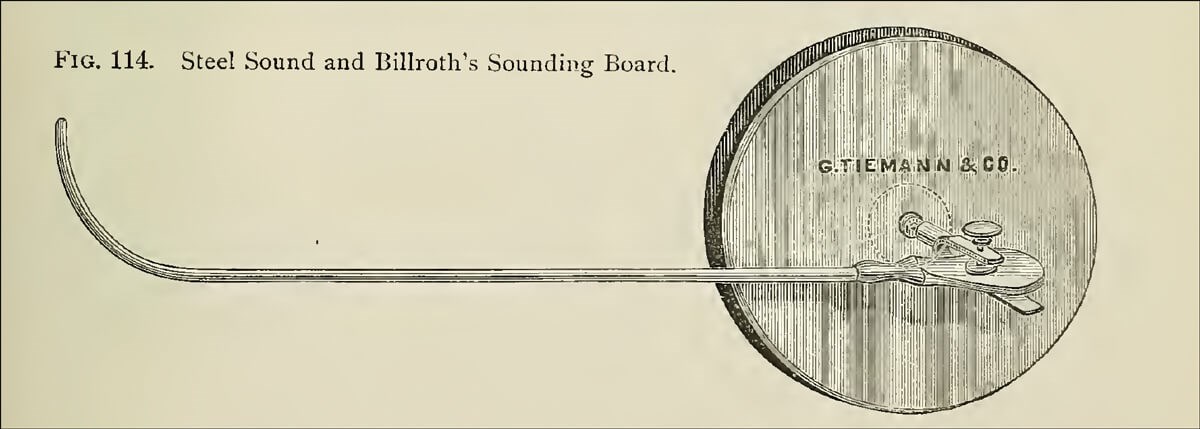
Figure 5: Billroth’s steel sound with sounding board, from Tiemann’s Catalogue, 1871.
In order to hear the faint notes of the sound hitting a small stone, some surgeons used the new wooden stethoscope invented in 1816 by Rene Theophile Hyacinthe Laënnec (1781-1826). Theodore Billroth (1829-1894) the famous German surgeon added a sounding board to his steel sound (Figure 5). Sir Henry Thompson (1820-1904) took the sound a step further attaching it to an early electric microphone (Figure 6).
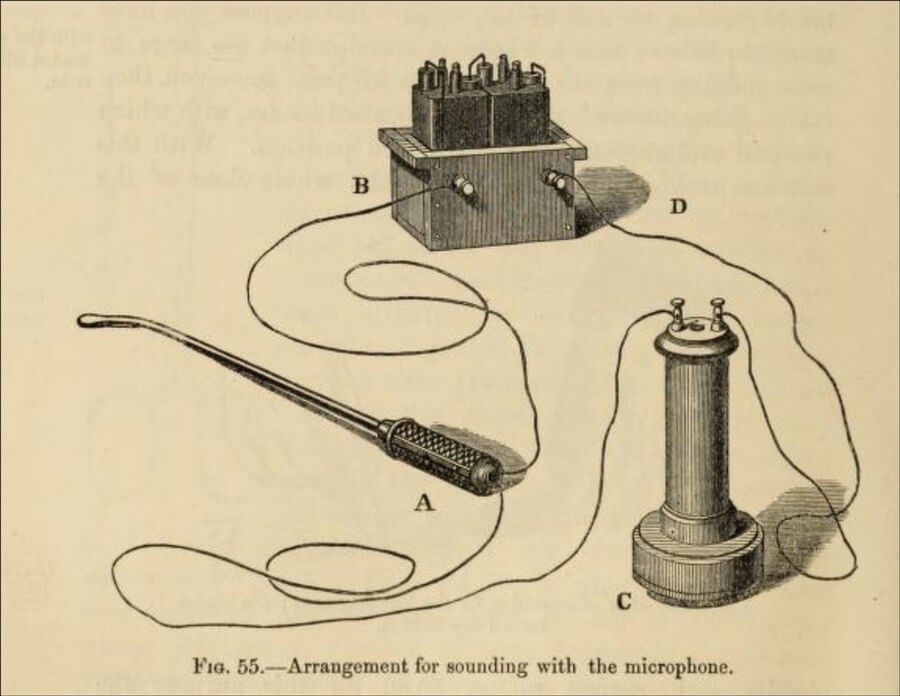
Figure 6: Thompson’s microphone sound, from Diseases of the Urinary Organs, Thompson, 1879.
‘Urethral dilator’ is a very descriptive and correct name for the instruments we use. It ‘does exactly was it says on the tin’ (or sterile packet). I know it is correct and I know it is the sensible modern word, but it is definitely more fun to ask for a bougie to carry out your bouginage or a sound. You might be on less stable ground if you ask sister for a whip though!





